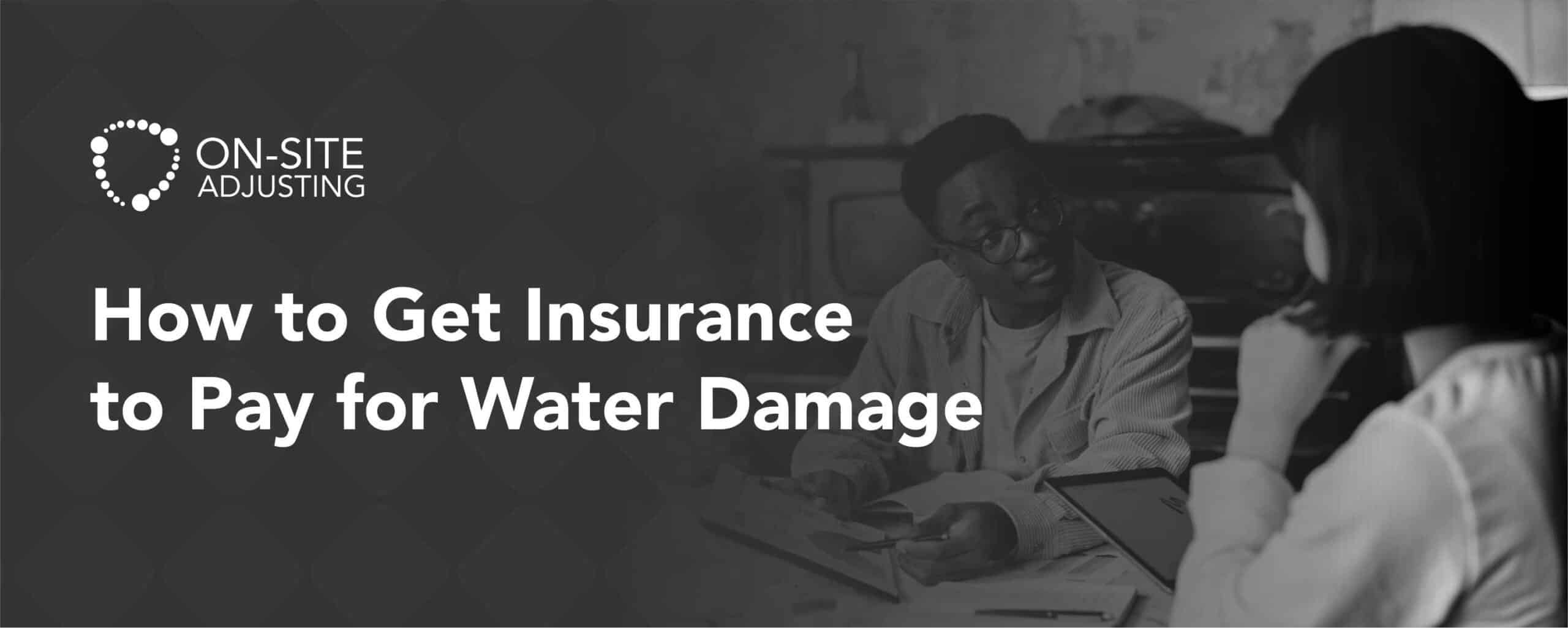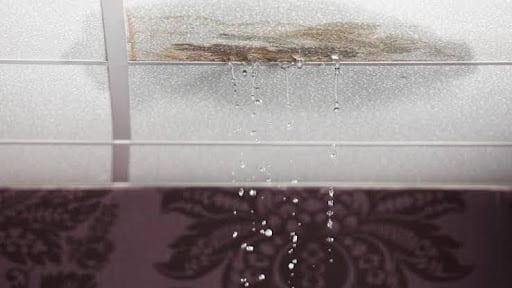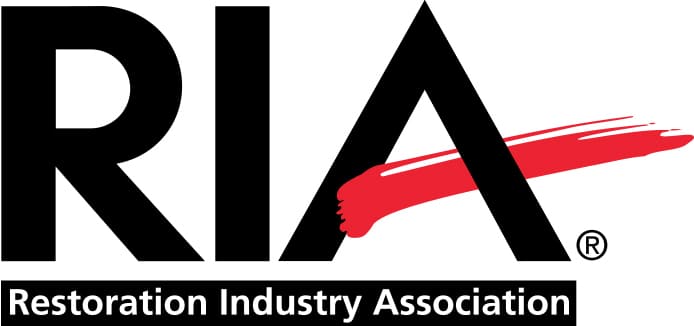
Water damage can be a homeowner’s nightmare as it leads to extensive repairs and costly expenses. Navigating the insurance claim process can be daunting. But you can increase your chances of getting your insurance to cover the damages with the right knowledge and approach. One of the best ways to ensure a problem-free claims process is by hiring a public adjuster. A public adjuster will ensure that your insurer pays a settlement that completely covers your water damage. Therefore, it is best to consult one as soon as possible.
This comprehensive guide will walk you through the steps to ensure your insurance pays for water damage. It will provide you with valuable tips and strategies to smoothen the process.

How To Get Your Insurer To Pay For Water Damage
Although your insurance policy may provide for water damage, your insurer could always find a reason to not pay for repairs. This is why you need to know how to properly file your claim. When you follow the steps we will list below, your insurer will have no choice but to pay for water damage:
Try To Mitigate The Damage
Before mitigating damage, ensure your safety. Ensure that all electrical systems are turned off to prevent electrocution. Also, avoid entering waterlogged areas. Once you are safe, stop the source of the water. If necessary, turn off the main water supply. You can also use fans, dehumidifiers, and wet vacuums to dry the area. Additionally, remove any soaked items to prevent mold growth.
Understand Your Insurance Policy
It’s crucial to understand the specifics of your homeowners’ insurance policy before water disaster strikes. Policies vary, and knowing what is and isn’t covered can save you a lot of headaches later. You should focus on covered perils, exclusions, and coverage limits. Identify the types of water damage included in your policy. Examples are burst pipes, accidental overflow, or sewer backups.
You should also understand what your policy excludes. For example, most standard policies do not cover flood damage. It requires separate flood insurance. Finally, be aware of the maximum amount your insurance will pay for a claim and any sub-limits for specific types of damage.
Consider purchasing additional coverage or endorsements for perils that your standard policy does not cover. For instance, consider getting flood insurance if you live in an area prone to flooding.

Hire A Public Adjuster
A public adjuster is the surest and easiest way to have a successful water damage claim. Public adjusters are professionals who handle every aspect of your insurance claim. This includes filing necessary documents, gathering evidence, and negotiating your settlement. They work on a contingent basis which means that they are paid a portion of your settlement. At On-Site Adjusting, we take only 10%. Public adjusters can expedite your claims process. This means that you are done faster and you also end up with a larger settlement.
Document the Damage
It is best to allow your public adjuster to handle the documentation and all other aspects of your claim for you. This is because they will be able to properly present the water damage to get your insurer to cover it.
For appropriate documentation for water damage purposes, ensure you have the following:
Photographs and Videos
Thorough documentation is key to a successful insurance claim. Take clear, detailed photographs and videos of all affected areas and damaged items. This visual evidence will support your claim and provide proof of the extent of the damage.
Inventory of Damaged Items
Create a detailed inventory of all damaged items. You should also include their approximate value. Include receipts, if available, to substantiate your claim.
Written Records
Keep a detailed written record of all events. Add the date and time the damage was discovered, the cause, and any actions taken to mitigate further damage.
Why Do Insurers Deny Water Damage Claims?
Lack of Maintenance
Insurance companies expect homeowners to maintain their properties and perform regular upkeep. They will likely deny your claim if the water damage is due to neglect or lack of maintenance. For example, if a pipe bursts due to corrosion that developed over several years without proper inspection or repair. In this scenario, the insurer may argue that the homeowner failed to take reasonable preventive measures.
Gradual Damage
Gradual damage, such as that caused by slow leaks or ongoing issues, is generally not covered by standard homeowners’ insurance policies. This type of damage is often considered a maintenance issue rather than an insurable event. For instance, if a small leak in a roof leads to mold and water damage over several months. The insurer may deny the claim on the grounds that the damage was not sudden and accidental. Homeowners should address any signs of wear and tear promptly. They should also keep thorough records to demonstrate that any sudden damage was not due to ongoing neglect.
Policy Exclusions
Every insurance policy includes specific exclusions that outline what is not covered. Common exclusions related to water damage include floods, sewer backups, and earthquakes. Understanding these exclusions is crucial. Ensure the type of water damage you’ve experienced is covered before filing a claim. If your policy excludes the damage, your insurer will most likely deny the claim. Unless you have additional coverage in place. Regularly reviewing and updating your insurance policy can help you avoid unpleasant surprises when you need to file a claim.
How To Appeal a Denied Claim
Here are the steps to follow if you want to appeal a denied claim:
Understand the Denial
The first step in appealing a denied claim is to understand the reason behind the denial. Request a detailed explanation from your insurance company. The explanation should outline the specific policy provisions or conditions that led to the denial. This information is crucial for identifying any potential misunderstandings or errors in the evaluation of your claim.
Gather Additional Evidence
Once you understand the reason for the denial, gather any additional evidence that can support your case. This might include further documentation, professional assessments, and witness statements. For example, you can gather more detailed photos or videos of the damage. Furthermore, try to obtain reports from professionals such as plumbers and contractors. Additional evidence can help address any gaps or weaknesses in your initial claim submission.
File an Appeal
With the additional evidence in hand, prepare a formal appeal to your insurance company. Your appeal should include a cover letter and supporting documents. In the cover letter, clearly state your intention to appeal the denial and summarize the new evidence you are providing. Then attach all new documentation, professional assessments, and witness statements. Ensure your appeal is well-organized and addresses all the points raised in the denial explanation.
Conclusion
Getting your insurance to pay for water damage requires diligence and an understanding of your policy. You can better navigate the claims process when you follow the steps outlined in this guide. Doing so will also increase your chances of a successful payout. Regular maintenance and prompt action are key to preventing water damage and ensuring you are prepared if it occurs. Remember, understanding your insurance policy and being proactive in both prevention and documentation can save you time, money, and stress in the long run. Stay informed, stay prepared, and you’ll be better equipped to handle any water damage that comes your way.
A professional public adjuster can make your water damage claim a breeze. This is why you need On-Site Adjusting on your side. We can maximize your claim for you at very little cost. Contact us today for a free consultation.












